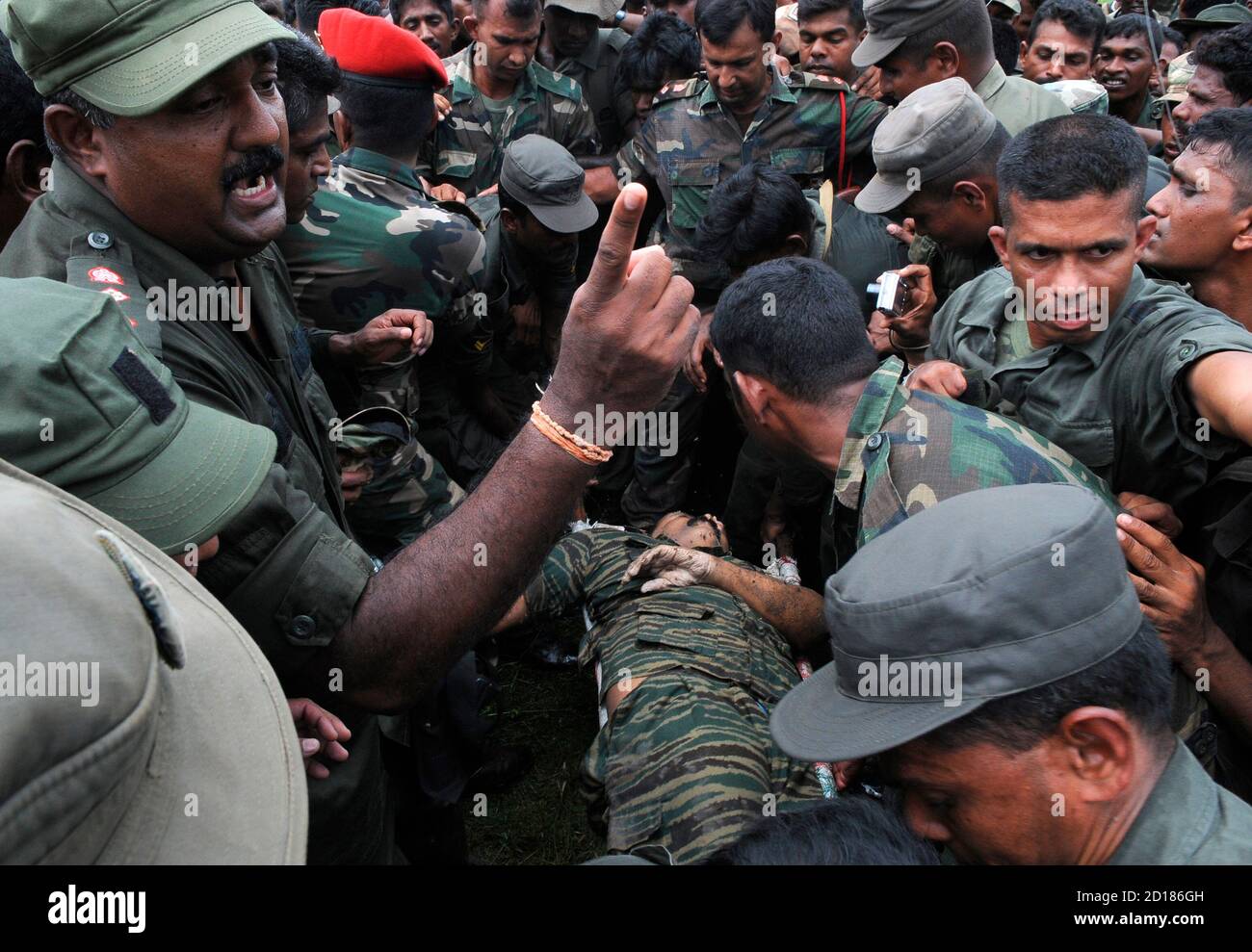
Prior to the development of their tactics, bombs were usually placed in a backpack, box, or vehicle, which were much more identifiable for the Sinhalese. To limit identification, the suicide belts and vests only required a person for transportation.The use of women and children was also a new and successful technique, one that the Sri Lankan government never anticipated. While the LTTE were not the first to use explosives guerilla warfare, they did pioneer the use of suicide vests and belts, and they perfected the use of suicide bombers. The Tigers’ influence on the tactics of terrorism was significant. Regardless of where they obtained their limited aircraft (a few helicopters, several planes, and two unmanned aircraft systems), the Sri Lankan government struggled to control their airspace. The LTTE also began to use more weaponry in their aircraft, creating another obstacle for the Sinhalese to overcome.Īs time went by, the Tigers developed terrorist tactics to complement and supplement the traditional military tactics already being used. Some sources believe the LTTE obtained Czech aircraft in parts through the Sea Tigers, while others believe they had made purchases of Australian-made AirBorne aircraft. Training for Air Tiger pilots and assembly of some aircraft began in the late 1980s. The Sea Tigers outmaneuvered, outweighed, and out-smuggled the Sri Lankan Navy. This tactic made them completely mobile, easily hidden, and enabled an element of surprise. Since the Sea Tigers lacked their own harbors and launch sites, they launched boats off tractors and trailers. Utilizing what equipment and manpower they did possess to their advantage, the Sea Tigers sailed across waterways to reach their external supported provinces in India where they obtained supplies to bring back to the fight in Sri Lanka. The Sea Tigers formed in the early 1980s with only a few boats and a few men. The Tigers did most of the fighting, while the Sea Tigers and the Air Tigers filled a supporting role. They kept morale high, conducted successful military operations, and stimulated further popular support. Cadre filled a vital role within the terrorist group. These were specially trained individuals who assisted with suicide attacks, bombings, and guerrilla warfare against the Sinhalese. The layers that followed the heads of powers for the military pyramidal structure are what the Tigers called Cadre, similar to lower-level military officers. The overlapping responsibilities of the LTTE military made it hard to dismantle, and even harder to defeat. However, if they happened to lose a section of a force in any of the branches, they could still continue the overall mission because of the overlapping powers. The pyramidal leadership structure of each branch worked in such a way that, when together, all military operations went smoothly. The LTTE were the first terrorist organization to successfully form a fully functioning military. The military consisted of a ground force known as the Tigers, a naval force called the Sea Tigers, and an airborne group, similar to an Air Force, called the Air Tigers. This distribution of power set the LTTE up for a favorable outcome. The Central Governing Committee, headed by Prabhakaran, oversaw both the political and military dimension while empowering subordinates to achieve intelligence, political, and military success. It was hierarchical in the sense that Prabhakaran was the chief, but pyramidal in the sense that there were leaders of sub-groups and multiple centers of powers amongst those groups. The framework of the organization was both hierarchical and pyramidal, made up of a two-tier structure that included military and political elements.

The organization desired to establish a separate state, called Tamil Eelam. To make separation a reality, Velupillai Prabhakaran formed the LTTE in 1976. As a result, tensions between the two ethnicities rose, and the Tamil sought separation. However, a slowly growing unequal distribution of power left the Tamils politically and socially isolated. The two ethnic populations lived in relative peace for almost a quarter century following their separation from Britain. Following the Sri Lankan liberation from Britain in 1945, two predominant ethnicities emerged, the Sinhalese and the Tamil, who made up approximately 74% and 18% of the population, respectively. The Liberation Tigers of Tamil Eelam (LTTE) are an ethnic secessionist terrorist organization stemming from Sri Lanka.


 0 kommentar(er)
0 kommentar(er)
